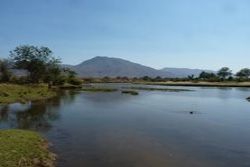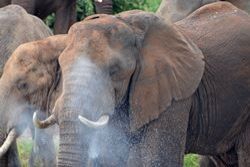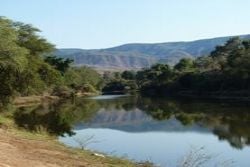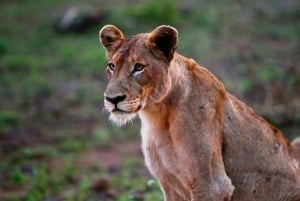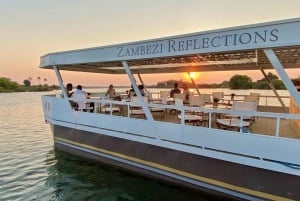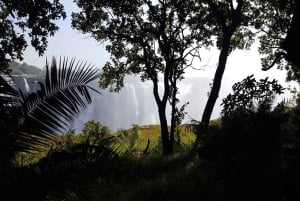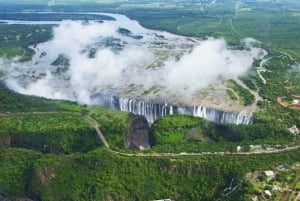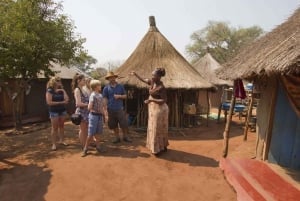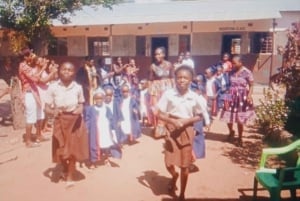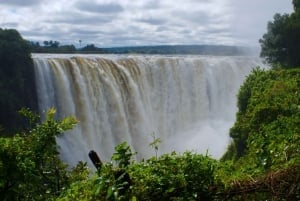Lower Zambezi
The Lower Zambezi National Park, covers 4200 Km2 along the north western bank of the Zambezi River. The LZNP, combined with Zimbabwe’s Mana Pools on the opposite bank are a world heritage site.
The Lower Zambezi National Park is surrounded by Game Management Areas with the majority of the lodges located in the Chiawa Game Management Area. The GMA covers approximately 1 214 Km2 with 40 Km of Zambezi River frontage to the south and the majestic Zambezi Escarpment to the north. The Zambezi forms the international boundary between Zambia and Zimbabwe.
Within the park itself, the majority of the accessible area is a flood plain alongside the Zambezi. The best wildlife viewing is on this flood plain and along the river itself. A boat trip on the Zambezi River is a rewarding treat. If you are lucky you may spot an elephant swimming across to an island to feed on the lush green vegetation, there is something special about watching these large animals completely submerged with only their trunks sticking out the water like a submarine periscope!
The elephant population was dramatically affected by poaching and in the 1990’s the local safari operators and other stakeholders teamed up with the then National Parks and Wildlife Service, (now Zambia Wildlife Authority, ZAWA) to form Conservation Lower Zambezi, CLZ. CLZ has worked extremely effectively with the local population and poaching has reduced dramatically in the Park and surrounding Game Management Area, GMA.
Mammal species include elephant, puku, impala, zebra, buffalo, bushbuck, leopard, and lion. More than 400 bird species have been recorded, including the African skimmer, narina trogon and the African finfoot . There are also plenty of water birds such as plovers and egrets on the reed islands.
The Park is a very natural park with a basic road network and low tourist numbers.
Getting There
- The easiest and most comfortable way to get to the park is to fly from Lusaka or Livingstone to either the Royal Airstrip or to Jeki Airstrip.
- Driving from Lusaka take the T2 south to Chirundu. Turn left just before the border post and follow the rough road, crossing the Kafue River. A high clearance vehicle is recommended.


